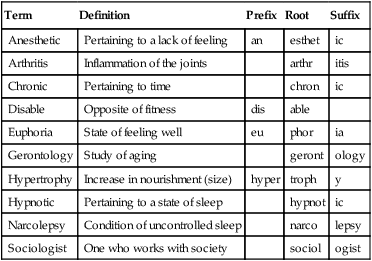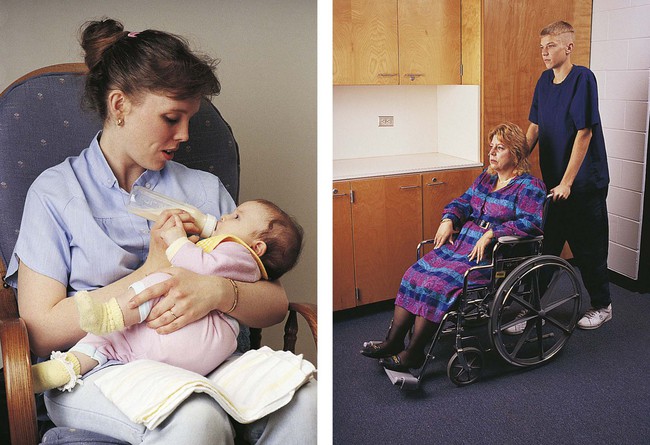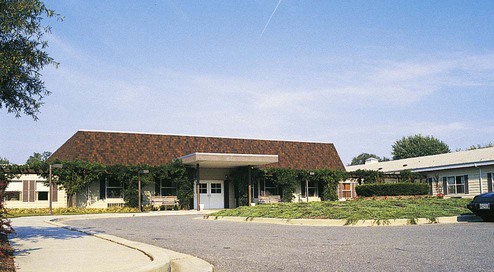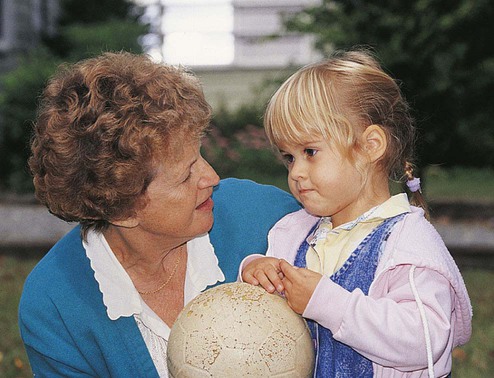Chapter 29 Community and Social Careers Terminology* *A transition syllable or vowel may be added to or deleted from the word parts to make the combining form. Community and social health care has broad goals and focuses on the health needs of a population (Fig. 29-1). The primary goals of community and social health care workers are prevention of illness and injury and provision of care to a population (Table 29-1). The community and social health care worker is involved in the search for the source of disease and the use of technical and regulatory means to protect the population from environmental, social, and behavioral hazards. Health problems addressed by community and social health care workers are often related to environmental hazards, sanitation, and work and living conditions. Other health problems may originate because of population growth and social and behavioral aspects of life. TABLE 29-1 Community and Social Career Educational Cost and Earnings *http://www.finaid.umich.edu/financial_aid:basics/cost.asp. Employees in community and social health careers may be trained as physicians, social workers, dentists, nurses, and counselors, as well as other health care providers (Box 29-1). These health care providers usually work for the government or volunteer agencies. They must develop the ability to consider many aspects of a problem or condition and analyze the many options that are provided by or limited by public health agencies. Community and social health care workers must also be able to function well in an environment that involves many regulations and agencies. Community and social workers may be required by law to document and report incidents of domestic violence or abuse as well as providing care for the victim (Box 29-2). Community nutrition workers provide food and nutrition education through public health clinics and programs (Fig. 29-2). They screen patients to determine eligibility, based on health risk and income, for the program. Other job duties may include testing blood, taking dietary histories, assessing vital signs, and counseling on basic nutrition. The minimum qualification is a high school education and experience working with the public or training in nutrition education. are available on the Evolve website: http://evolve.elsevier.com/Gerdin Disabled children may be assigned to a child care attendant while attending school. The attendant helps the student perform tasks needed to attend classes. Duties may include transporting the child, replacing braces or slings, and helping with participation in activities (Fig. 29-3). Most school attendants are employed by the school system, and a high school diploma is required for employment.
Community and Social Careers
 Define at least eight terms relating to community and social health care.
Define at least eight terms relating to community and social health care.
 Describe the function of the community and social health care team.
Describe the function of the community and social health care team.
 Specify the role of the community and social health care team members, including personal qualities, educational requirements, responsibilities, and credentialing requirements.
Specify the role of the community and social health care team members, including personal qualities, educational requirements, responsibilities, and credentialing requirements.
 Identify at least six services provided by community health care agencies.
Identify at least six services provided by community health care agencies.
 Specify the difference between physical and psychological drug dependency.
Specify the difference between physical and psychological drug dependency.
 Identify at least four signs and symptoms of withdrawal from an addictive substance.
Identify at least four signs and symptoms of withdrawal from an addictive substance.
Term
Definition
Prefix
Root
Suffix
Anesthetic
Pertaining to a lack of feeling
an
esthet
ic
Arthritis
Inflammation of the joints
arthr
itis
Chronic
Pertaining to time
chron
ic
Disable
Opposite of fitness
dis
able
Euphoria
State of feeling well
eu
phor
ia
Gerontology
Study of aging
geront
ology
Hypertrophy
Increase in nourishment (size)
hyper
troph
y
Hypnotic
Pertaining to a state of sleep
hypnot
ic
Narcolepsy
Condition of uncontrolled sleep
narco
lepsy
Sociologist
One who works with society
sociol
ogist

Careers
Career
Educational Cost*
Earnings†
Occupational health nurse
Median annual salary: Ann Arbor, Mich.—$61,870

Community Health Providers
![]() Case Study 29-2
Case Study 29-2
Answers to Case Studies
![]()
Stay updated, free articles. Join our Telegram channel

Full access? Get Clinical Tree


Community and Social Careers
Get Clinical Tree app for offline access









